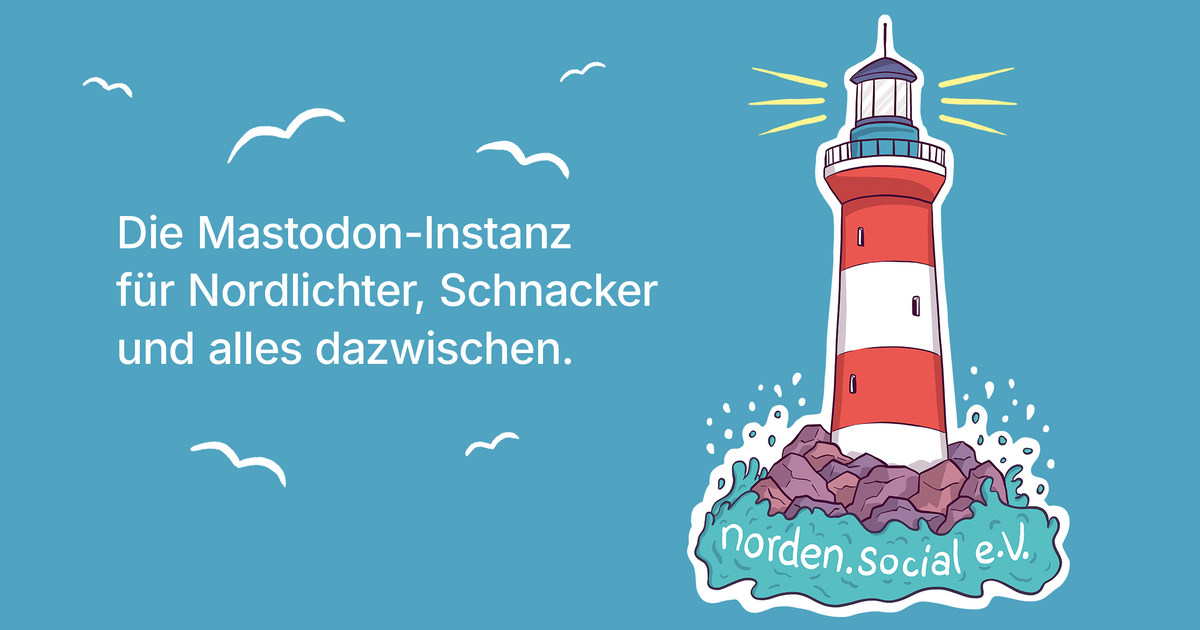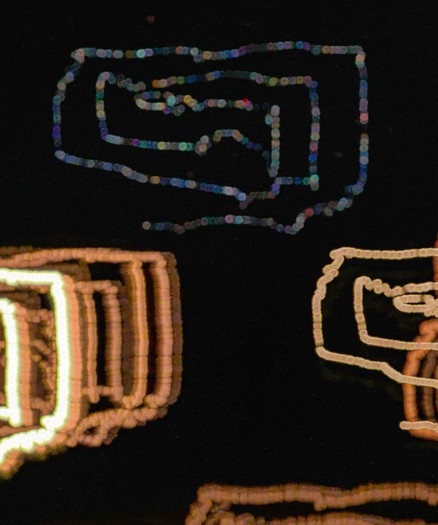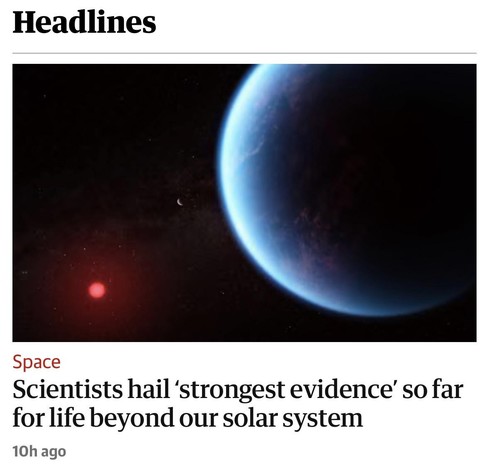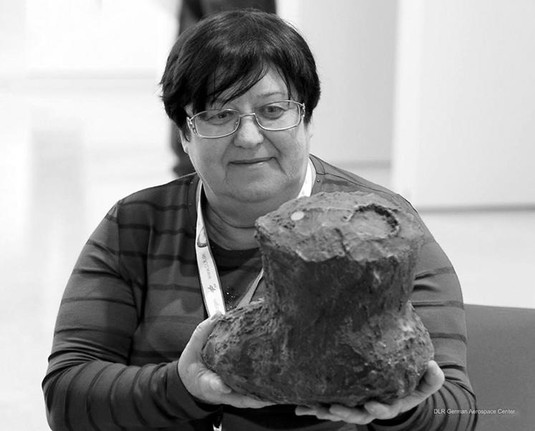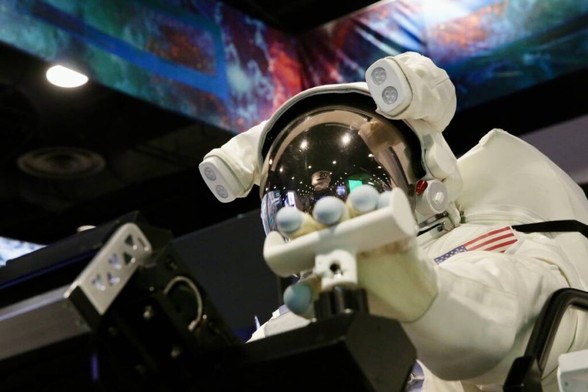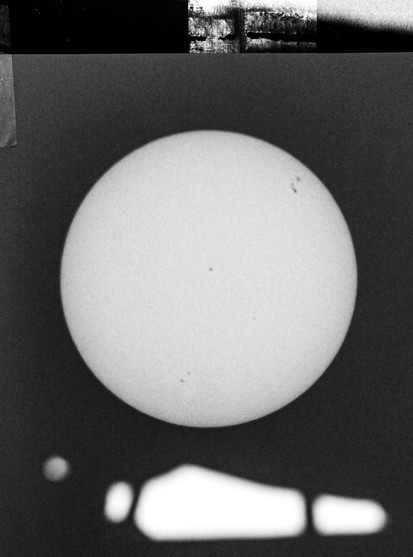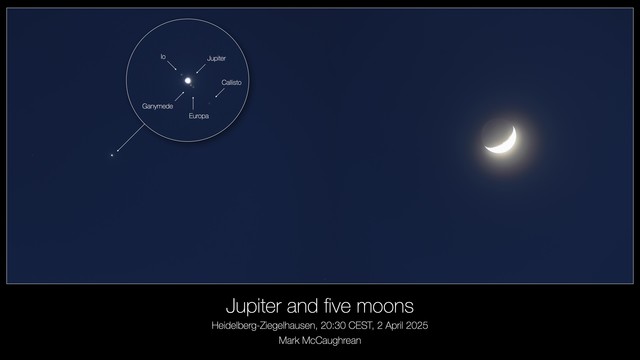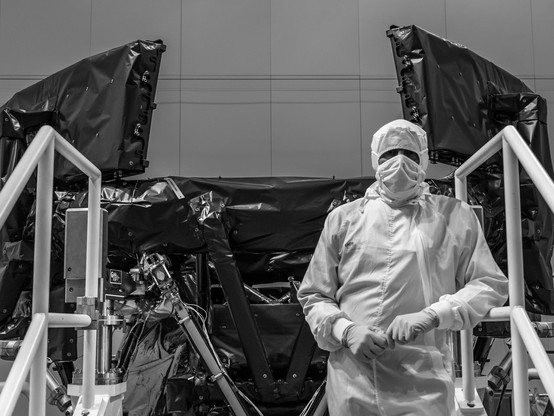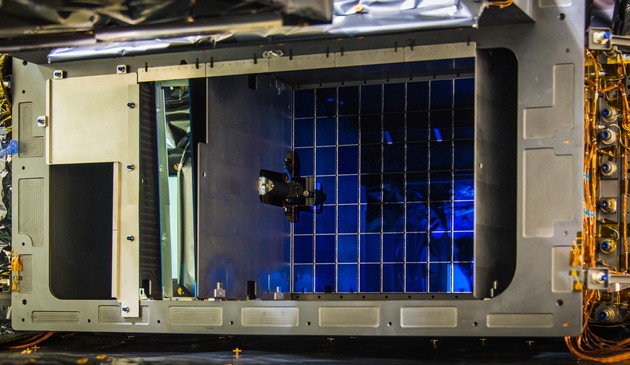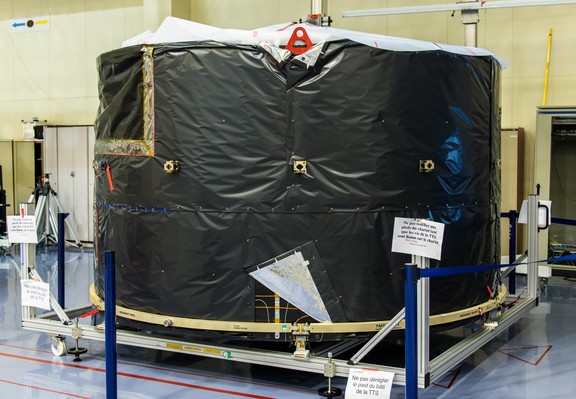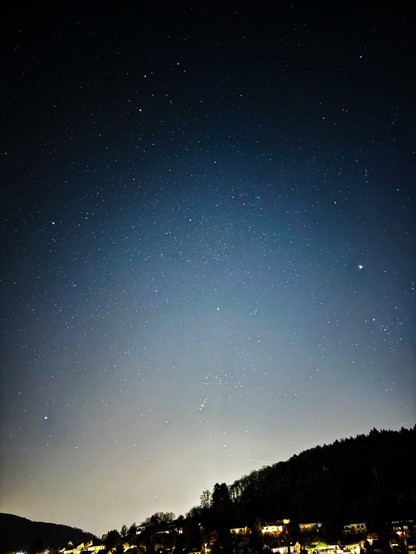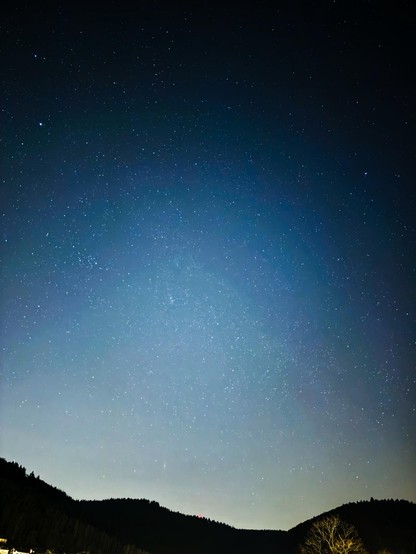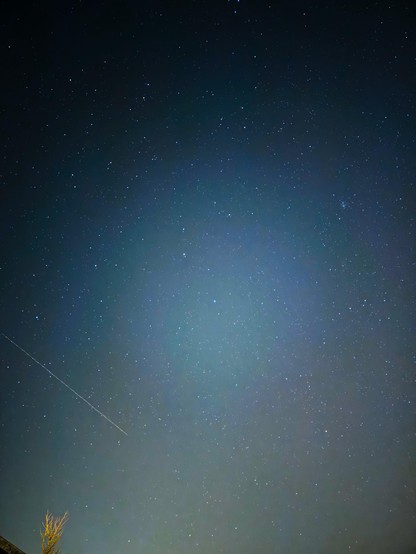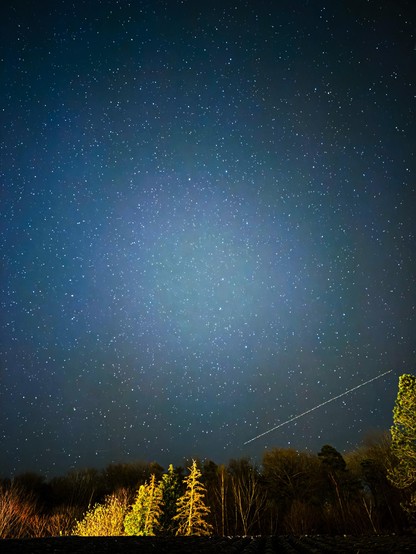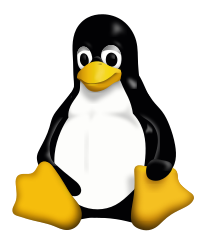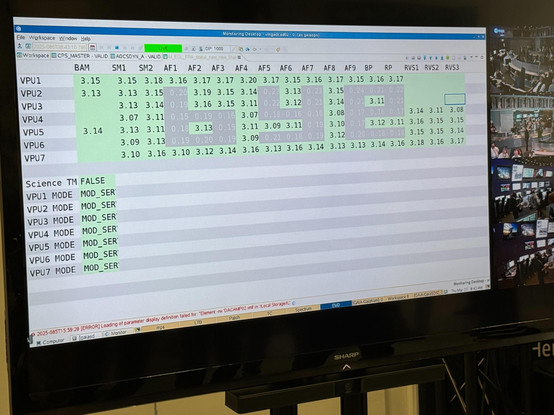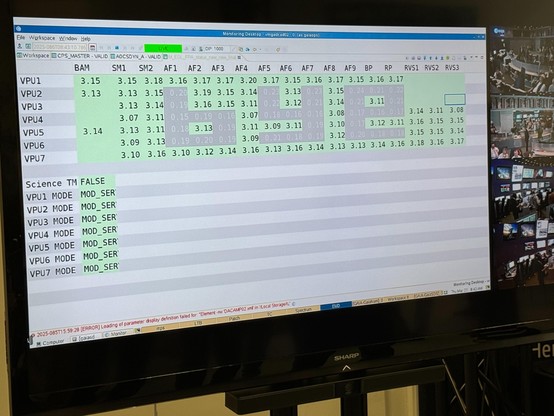Africa: Africa Launches Continental Space Agency - Here Is What It Means: [New Times] Nine years after the African Union (AU) adopted a continental space policy, the Africa Space Agency (AfSA) inaugurated its headquarters in Cairo, Egypt, this week paving the way for the continent's push to harness space science and technology for development. http://newsfeed.facilit8.network/TKLJRp #Africa #SpaceAgency #Technology #SpaceScience #Innovation
Recent searches
Search options
#spacescience
The colours of Sirius ️
When the blue-white star is close to the horizon, atmospheric turbulence causes rapid changes in the line-of-sight refractive index, causing the star to twinkle, changing brightness & colour.
It’s easy to catch with a mobile phone camera & an app that allows manual control (I use ProCam): this is a 30 sec exposure, 1/40 sec frame rate, 3 x lens defocussed, WB set to 5800K, moving the phone throughout
The very definition of a clickbait headline.
If you read the article, you’ll soon discover that the only scientists “hailing” this result are the authors of the paper.
Everyone else interviewed for comment is way more sceptical.
A 3-sigma detection of dimethyl sulphide is interesting, if well below the significance used in particle physics, say.
But as others have said, it could readily have non-life origins too.
Caveat emptor.
I'm saddened to have just heard the news that Svetlana Gerasimenko passed away last week, on 8 April.
She was the co-discoverer in 1969 of Comet 67P/Churyumov-Gerasimenko with fellow Ukrainian astronomer, Klim Churyumov (1937-2016).
This is the comet that was explored by ESA's Rosetta spacecraft from 2014-2016 & landed on by the Philae probe in November 2014.
A comet & events that changed my life
Ad astra, Svetlana
Amid geopolitical uncertainties, international leaders stress cooperation at Space Symposium https://www.byteseu.com/921114/ #ColoradoNews #ColoradoSprings #Geopolitics #Science #SouthernColorado #Space #SpaceScience
The peak of solar maximum is behind us now, but the Sun is still putting on a decent show of sunspots
Here’s the current status, images by projecting through my binoculars on to some white paper & then photographing with my iPhone
From top right (east) to bottom left (west), we have Active Regions 4055 & 4058, then 4056, 4061, & 4060.
Current snapshot from https://www.spaceweatherlive.com/en/solar-activity/sunspot-regions.html in the next toot.
Glad to see that the American Astronomical Society has come out with a strong statement opposing the proposed cuts to NASA's science budget. If implemented these would be a disaster not just for US space research, but for the world - so many missions by other agencies are predicated on US participation.
Trump really doesn't like science.
"Among the proposals were: A two-thirds cut to astrophysics, down to $487 million; a greater than two-thirds cut to heliophysics, down to $455 million; a greater than 50 percent cut to Earth science, down to $1.033 billion; and a 30 percent cut to Planetary science, down to $1.929 billion."
Many science missions by ESA, JAXA etc have NASA contributions so not just US.
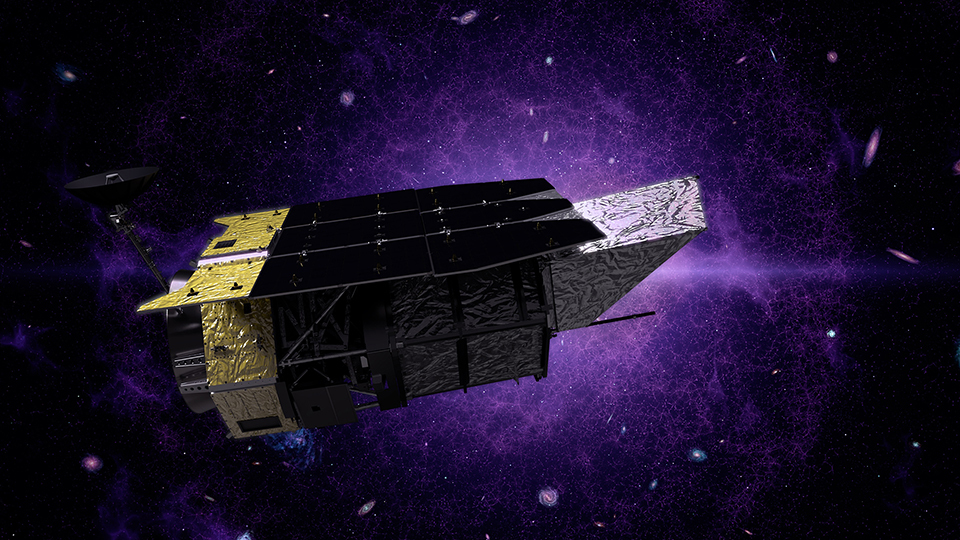
Despite the machinations of Trump's evil empire, science marches on!
Mostly, in other countries.
Here's exciting new space science from Smethurst and collaborators. Hey! That's Dr. Becky, whose team has discovered something surprising about the early universe!
A nice conjunction during dusk this evening between our Moon at 30% illumination, and Jupiter and its four Galilean moons.
I post this as an apology to Callisto, which was the last location to be axed from my forthcoming book, "111 Places in Space You Must Not Miss" during final edits last night
I mean, it's a fascinating place & the chapter I'd written had some good stuff in it, but since I'd written 118 chapters, something had to give
Since this morning, the NASA/ESA/CSA #JWST has been taking near-IR images of Sharpless 305, a star-forming region in the outer reaches of the Milky Way
Below is an image taken with the ESO VLT many years ago in poor weather – the JWST images should be better
When finished in a couple of hours, that'll be the last of my Guaranteed Time Observations, granted when I was selected as a member of the JWST Science Working Group in 2002
It has been a privilege
To further mark the retirement of the ESA's amazingly successful #Gaia Milky Way surveyor spacecraft yesterday, some pictures taken of it during my visit to EADS Astrium in Toulouse on 3 May 2013, 6.5 months before launch.
1. Me in front of the large silicon carbide torus with its two large rectangular telescope primary mirrors;
2. The torus from below;
3. The huge focal plane with its 106 CCD detectors;
4. The large "top hat" that covers it all.
Some memorabilia from yesterday’s event at ESOC as the ESA #Gaia spacecraft was deactivated after running out of propellant & moved off L2 into an Earth-trailing solar orbit.
One of these objects might last until the Sun turns into red giant five billion years from now; the other will be lucky to last the weekend
Thanks to my ESA colleagues for the former & the fine folk at Oedipus Brewing in Amsterdam for the latter
Planets, stars, clusters, & the Milky Way – the view in four directions from our rooftop terrace this evening
The perfect way to reflect on the retirement of the astonishing Gaia spacecraft, its 11 year work scanning the skies now at an end
It’s in one of those pictures
And on time spent today with good friends & colleagues from ESA & beyond who made this all possible, celebrating the science, but also the shared purpose & endeavour for all humankind
The #European #Space Agency #ESA has powered down its #Gaia spacecraft after more than a decade spent gathering data that are now being used to unravel the secrets of our home galaxy. On 27 March 2025, Gaia’s control team at ESA’s European Space Operations Centre carefully switched off the spacecraft’s subsystems and sent it into a ‘retirement orbit’ around the Sun. #SpaceScience #Astronomy #Science https://www.esa.int/Enabling_Support/Operations/Farewell_Gaia!_Spacecraft_operations_come_to_an_end
Fittingly the last talk of today’s celebration & wake for the Gaia spacecraft – Anthony Brown of the Sterrewacht Leiden, chair of the Data Processing & Analysis Consortium, presenting some of the science highlights from the mission (so far).
I’ve read a lot of these papers & have presented many the committees, but it always amazes me just how broad & revolutionary the science is, including but far beyond the Milky Way archaeology work
Here’s the moment that we lost radio contact with Gaia today
The memories of the same happening here at the end of the Rosetta mission in 2016 are strong
A sad day, but the science continues
Ad astra, Gaia
Wow – didn’t think I’d be in tears today, but this message sent home from Gaia as it was shut down forever today hits hard
What you’re seeing is a map of the 106 CCD detectors that Gaia used to measure the positions of billions of stars in the Milky Way for the past 11 years
They were turned off in a special sequence …

